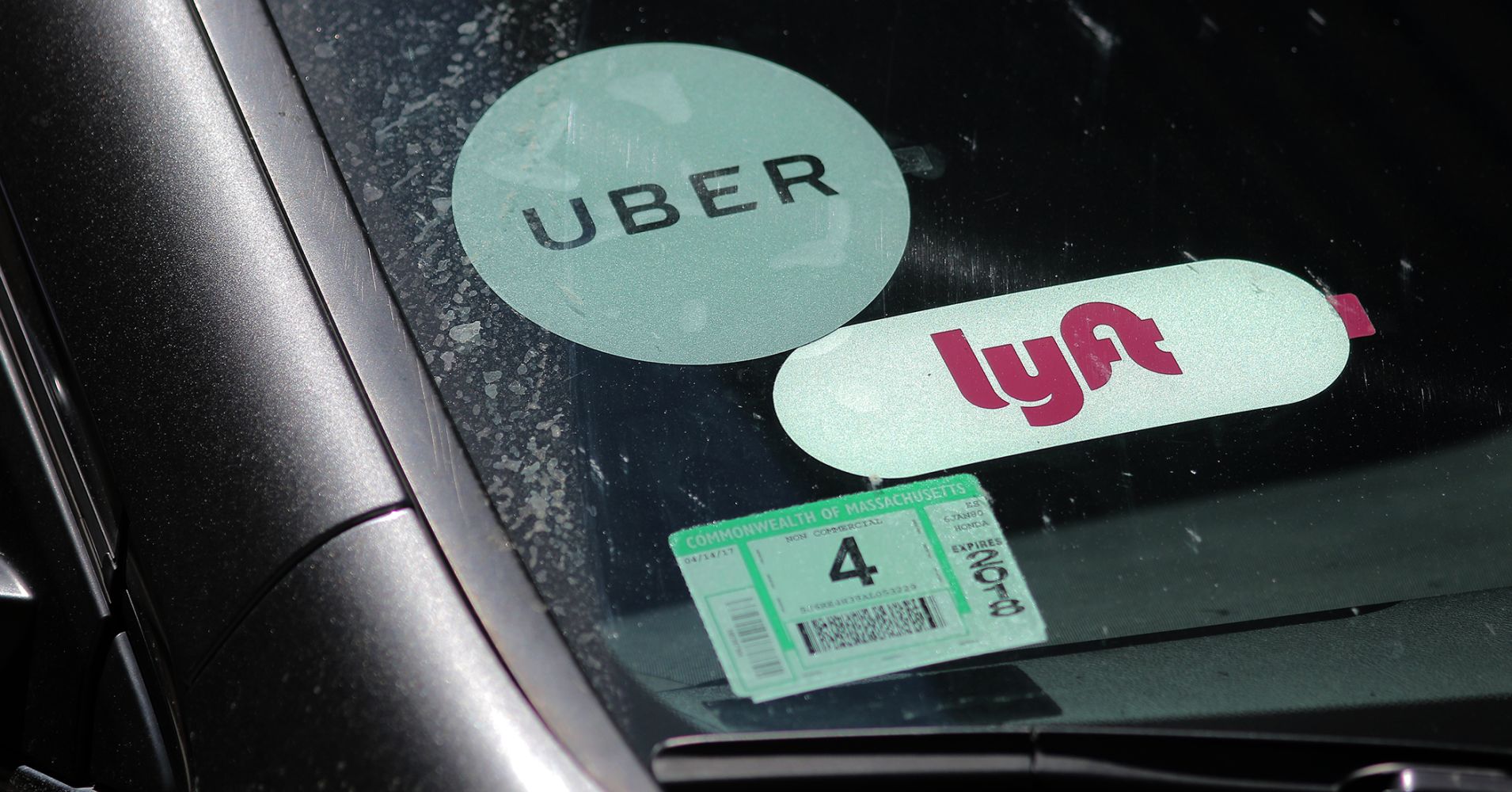The number of innovative transit partnerships is growing rapidly, but the jury is still out on what types of partnerships can yield win-wins for communities, companies and transit agencies. An overarching goal should be to increase mobility – that is, passenger miles traveled – while reducing vehicle miles traveled.
This will only happen if ride-hailing services continue to shift toward multi-passenger services, such as Lyft Line and UberPool. Such a change will require policy frameworks that encourage shared rides and discourage single-passenger rides – starting with ride-hailing services, and eventually including travelers using their own vehicles.
Road pricing practices, in which drivers pay fees to travel in high-use areas, have reduced traffic and increased pooled rides and transit trips in London, Stockholm and Singapore. Importantly, Uber and Lyft embrace these strategies to expand pooling services and gain relief from stifling traffic congestion, just like the rest of us.
Pooling and road pricing will be especially critical with the coming vehicle automation revolution. If automated vehicles are individually owned, they will likely generate massive new vehicle use, since travel will no longer be seen as onerous. Occupants can sleep, eat, text, read and watch videos while their cars do the navigating. But if those automated vehicles are pooled, then vehicle use would be pushed in the opposite direction, toward fewer vehicle miles traveled.
U.S. cities and transit operators have done little innovating in the past 50 years, and are ill-prepared for the changes ahead. They need to decipher what is happening, build partnerships and support price signals that encourage pooling. Acting to maximize the societal benefits of ride-hailing and other transportation revolutions will provide benefits now and into the future.
